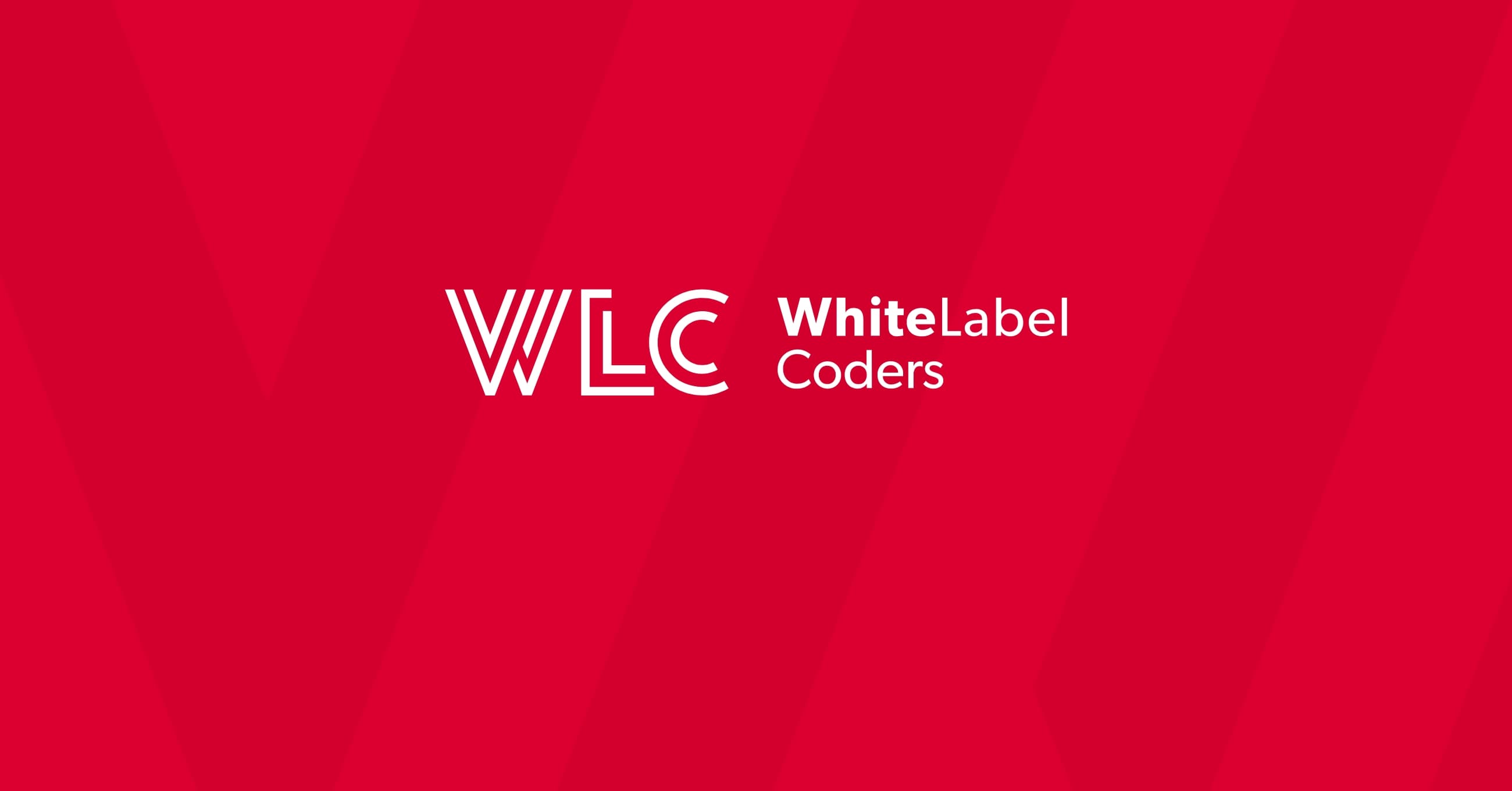Category: SEO AI
Can I create my own theme in WordPress?

What does it mean to create your own WordPress theme?
Creating your own WordPress theme means developing a custom design and functionality framework that controls how your website looks and behaves. At its core, a WordPress theme is a collection of template files working together to produce a graphical interface with an underlying functionality structure.
WordPress themes consist of template files written primarily in PHP, HTML, CSS, and JavaScript. These files establish your site’s layout, visual style, and interactive elements. When you create a custom theme, you’re essentially building a comprehensive design system that determines everything from typography and color schemes to page layouts and responsive behavior.
Unlike using pre-built themes, creating your own gives you complete control over every aspect of your website’s appearance and functionality. Pre-built themes offer convenience but often come with limitations in customization and unwanted bloat from features you don’t need. Custom theme development, while more technically demanding, allows you to build precisely what you need with clean, efficient code optimized for your specific requirements.
The architecture of a WordPress theme follows a template hierarchy—a system that determines which PHP template file gets used for each type of content. Understanding this hierarchy is fundamental to creating a cohesive theme that handles different content types appropriately, from blog posts to product pages.
What skills do you need to create a WordPress theme?
To create a WordPress theme from scratch, you’ll need a solid foundation in several web development technologies and WordPress-specific concepts. The core technical skills required include:
- HTML/CSS proficiency – These languages form the backbone of your theme’s structure and appearance. You’ll need to understand semantic HTML markup and modern CSS techniques including flexbox, grid layouts, and media queries for responsive design.
- PHP knowledge – As WordPress’s primary language, PHP is essential for creating theme template files and implementing WordPress functions.
- JavaScript fundamentals – For implementing interactive elements and enhancing user experience.
- Understanding of WordPress core – Familiarity with the WordPress template hierarchy, loop structure, and core functions is crucial.
Beyond these technical skills, you’ll also need to understand WordPress theme standards, including proper file organization, commenting practices, and security considerations. Knowledge of accessibility guidelines (WCAG) is increasingly important to ensure your theme works for all users.
For those serious about professional WordPress custom development, learning about action and filter hooks, child theme development, and the WordPress REST API will significantly enhance your capabilities. The path to becoming a full-fledged WordPress developer requires dedication and continuous learning.
While the learning curve may seem steep, you don’t need to master everything before creating your first theme. Many developers start with simple projects and gradually build their skills as they tackle more complex challenges.
How do you set up a WordPress theme development environment?
Setting up a proper development environment is the first crucial step in WordPress theme development. Working locally allows you to build and test your theme without affecting a live website.
Start by creating a local development server on your computer. Popular options include:
- LocalWP – A user-friendly, self-contained environment specifically for WordPress development
- XAMPP/MAMP/WAMP – Cross-platform solutions that provide Apache, MySQL, and PHP
- Docker – For a more advanced, containerized approach to development
Once your local server is running, install WordPress and set up a test site. Then, navigate to your WordPress installation directory and locate the “wp-content/themes” folder. Create a new folder for your theme with a unique name (avoid spaces and special characters).
The initial folder structure should include:
your-theme-name/ ├── style.css ├── index.php ├── functions.php ├── header.php ├── footer.php ├── sidebar.php ├── assets/ │ ├── css/ │ ├── js/ │ └── images/ └── template-parts/
For efficient development, set up essential tools:
- A code editor like Visual Studio Code, Sublime Text, or Atom
- Version control with Git for tracking changes
- Task runners or build tools like Gulp or Webpack for automating repetitive tasks
- Browser developer tools for debugging
Consider implementing a workflow that includes SASS/SCSS for more maintainable CSS and a linter to ensure code quality. These tools will streamline your development process and help you build more robust themes.
What are the essential files needed for a WordPress theme?
A WordPress theme requires certain files to function properly. At minimum, you need two files: style.css and index.php. However, a complete, well-structured theme typically includes several more template files.
The style.css file is not just for CSS; it contains the theme header comment block with crucial metadata:
/* Theme Name: Your Theme Name Theme URI: https://example.com/theme Author: Your Name Author URI: https://example.com Description: A brief description of your theme Version: 1.0 License: GNU General Public License v2 or later License URI: http://www.gnu.org/licenses/gpl-2.0. Text Domain: your-theme-textdomain Tags: responsive, accessibility-ready */
The index.php serves as the main template file and fallback for all content types. It typically contains the WordPress loop for displaying posts.
The functions.php file acts as a plugin specific to your theme. Here you’ll register and enqueue stylesheets and scripts, set up theme features like menus and widgets, create custom post types, and add custom functionality.
Other important template files include:
- header.php – Contains the opening HTML, head section, and typically the site header
- footer.php – Contains the site footer and closing HTML tags
- single.php – Template for individual posts
- page.php – Template for pages
- archive.php – Template for archives (categories, tags, etc.)
- sidebar.php – Contains widget areas
- 404.php – Custom “Page Not Found” template
- comments.php – Template for comments display and form
Additional template files can be created to handle specific content types or sections of your site, following the WordPress custom development template hierarchy.
Can you create a WordPress theme without coding?
Yes, you can create a WordPress theme without extensive coding knowledge by utilizing various no-code and low-code solutions. These options make theme development more accessible to users without technical expertise.
The most popular approaches include:
- Theme builders like Elementor Pro, Divi Builder, or Beaver Builder allow you to create custom layouts visually with drag-and-drop interfaces. These tools can generate complete themes or modify existing ones with minimal coding required.
- Child themes offer a way to customize existing themes without building from scratch. By creating a child theme based on a parent theme, you can make style and functionality changes while inheriting the parent theme’s features.
- Theme frameworks like Genesis, Underscores (_s), or GeneratePress provide solid foundations that you can build upon with simplified customization options.
- Starter themes give you a basic structure with clean code that you can modify and extend.
For those with minimal coding skills, visual CSS editors and customizer-focused themes allow extensive styling without writing code. Page builders often include theme-building functionality that lets you design headers, footers, and content templates visually. Some developers also explore whether Gutenberg blocks and ACF speed up WordPress-based website development.
While these no-code solutions offer convenience, they do come with trade-offs. Themes created with page builders may have slower performance due to additional code layers. You’re also limited to the features and design options the builder provides.
For professional results with optimal performance, custom-coded themes still offer significant advantages. Many businesses choose professional WordPress custom development services when they need a completely tailored solution with maximum efficiency and functionality.
What are the best practices for WordPress theme development?
Following best practices ensures your WordPress theme is secure, efficient, and maintains high quality. Here are the key guidelines for professional theme development:
- Follow WordPress coding standards – Adhere to the official WordPress coding standards for PHP, HTML, CSS, and JavaScript. This ensures readability and consistency in your code.
- Prioritize security – Validate and sanitize all inputs, escape outputs, and follow WordPress security recommendations to protect against vulnerabilities.
- Implement responsive design – Design your theme to work flawlessly across all device sizes, using mobile-first approaches and proper media queries.
- Optimize performance – Minimize HTTP requests, optimize images, use efficient selectors in CSS, and avoid render-blocking resources.
- Maintain accessibility compliance – Follow WCAG guidelines to ensure your theme is usable by people with disabilities.
Proper code organization is essential for maintainability. Structure your theme files logically, use template parts for reusable components, and implement modular CSS approaches like BEM or SMACSS. Following the WordPress development workflow best practices will significantly improve your efficiency and output quality.
Ensure compatibility with plugins by using WordPress core functions rather than writing custom code when possible, and test your theme with popular plugins. Follow theme internationalization (i18n) practices by making all text strings translatable using WordPress functions like __(), _e(), and esc___().
Documentation is often overlooked but crucial for theme maintenance. Comment your code thoroughly and create user documentation if distributing your theme.
Before finalizing, test your theme rigorously across different browsers, screen sizes, and with various content types to ensure consistent behavior. Consider using the Theme Check plugin to verify your theme meets WordPress.org standards, even if you don’t plan to submit it to the repository.
What are the key takeaways for creating your own WordPress theme?
Creating your own WordPress theme is a rewarding process that offers complete control over your website’s design and functionality. Here are the essential takeaways to guide you:
First, understand that theme development ranges from completely custom coding to using no-code builders, with options for every skill level. Choose the approach that matches your technical abilities and project requirements.
Invest time in proper planning before writing any code. Define your design goals, content structure, and functionality requirements upfront to avoid major revisions later. Effective planning often involves collaboration between designers and developers to ensure visual concepts can be implemented technically.
The benefits of custom themes include:
- Tailored functionality specific to your needs
- Improved performance without unnecessary features
- Complete design control and brand alignment
- Better security with cleaner, purpose-built code
- Avoidance of licensing restrictions often found in premium themes
While DIY theme development is achievable, consider your timeline and quality requirements. For business-critical websites or complex projects, professional development often provides better long-term value. Expert developers bring years of experience in solving complex problems and optimizing for security, performance, and user experience.
If you decide to hire professionals, look for developers with demonstrated WordPress expertise, understanding of current web standards, and a portfolio of successful projects. Specialized WordPress agencies like White Label Coders offer dedicated teams with deep expertise in custom theme development.
Whether building yourself or working with professionals, remember that a well-crafted custom theme is an investment that pays dividends through improved user experience, better performance, and a website that perfectly represents your brand or content.

